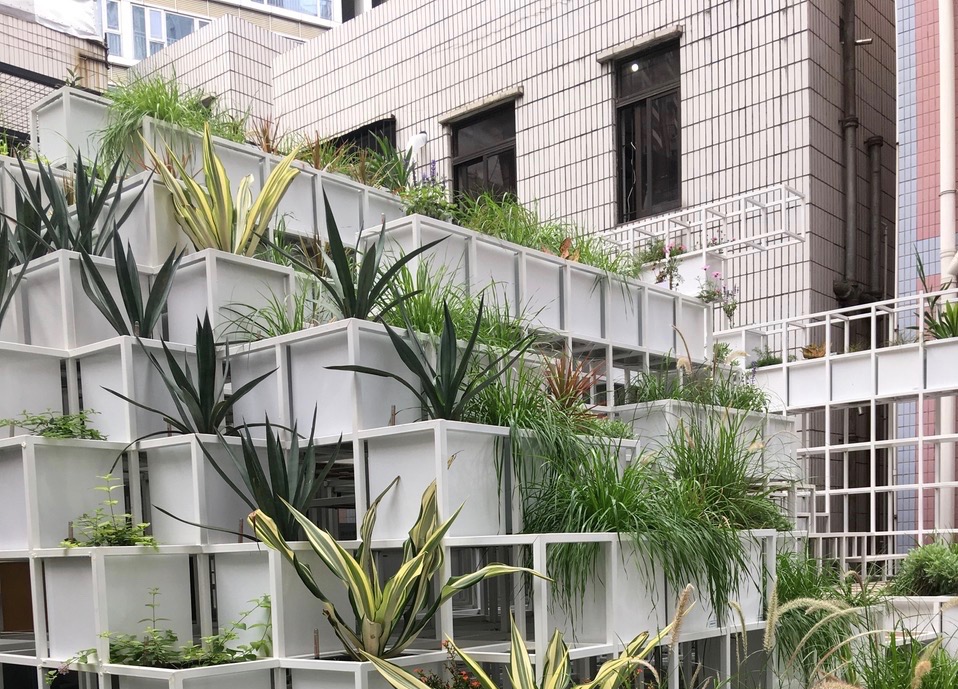MIMIC NATURE, RESTORE THE WATER BALANCE, ADAPT TO A CHANGING CLIMATE: “The cumulative investment in sponge city projects in Beijing, Shanghai, Shenzhen, Wuhan and other areas could reach $US300 billion by the end of 2020,” wrote Michael Standaert
Note to Reader:
Michael Standaert is a freelance journalist based out of South China, primarily covering environment, energy and climate change policy and regulatory news for Bloomberg BNA, and contributing to other publications, most recently including MIT Technology Review and South China Morning Post. He has resided in China since 2007.
Soak Up the Rain
 “China has been on a path to create about 30 ‘sponge cities’. By 2030, it aims to have 80 percent of urban areas across the country sponge-like, with projects to absorb, store and purify rainwater to deal with both floods and water shortages.” wrote Michael Standaert in an article published in Impact Alpha in May 2018.
“China has been on a path to create about 30 ‘sponge cities’. By 2030, it aims to have 80 percent of urban areas across the country sponge-like, with projects to absorb, store and purify rainwater to deal with both floods and water shortages.” wrote Michael Standaert in an article published in Impact Alpha in May 2018.
“That’s in line with U.N. Sustainable Development Goal No. 11, ‘Make cities and human settlements inclusive, safe, resilient and sustainable’, also by 2030.”
To Learn More:
To read the complete article, download a PDF copy of Sponge Cities: China’s $300 billion investment plan for green stormwater infrastructure.

For a glimpse of a different future, walk down a narrow side street in Gangxia where an
apartment building for young professionals has been outfitted with gutter systems that
capture excess rainwater in a large tank. The roof is covered with cubes of potted plants that absorb much of the water that used to pool there (photo by Michael Standaert)

